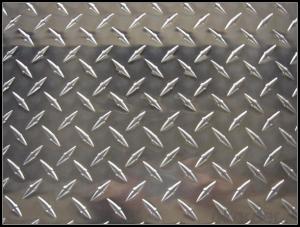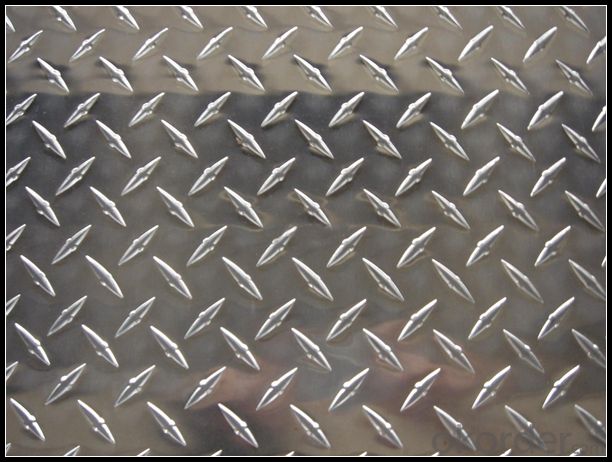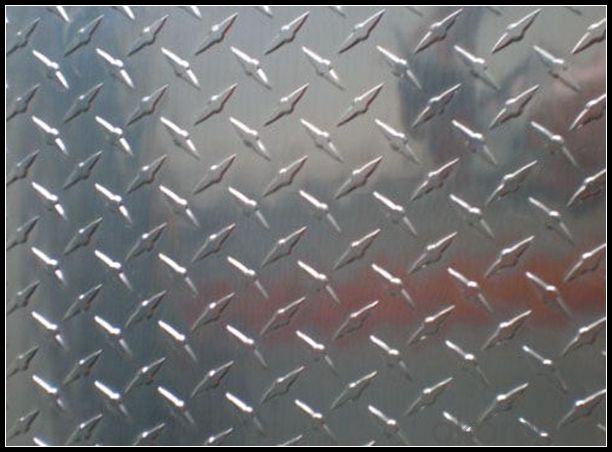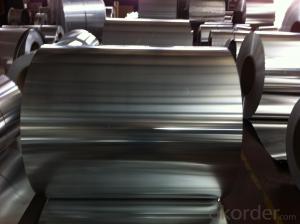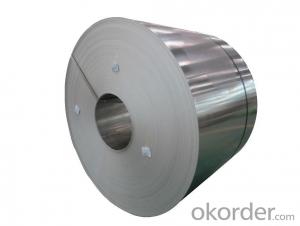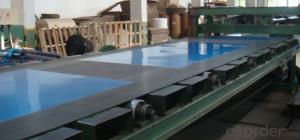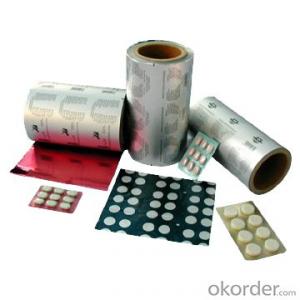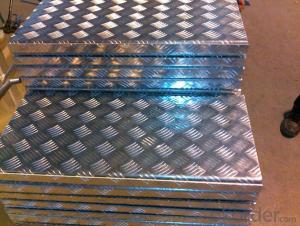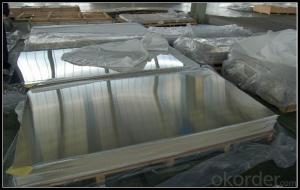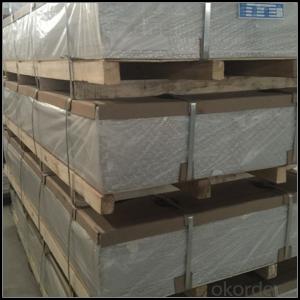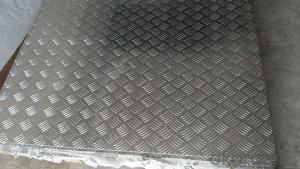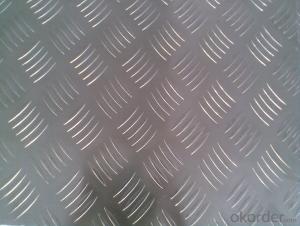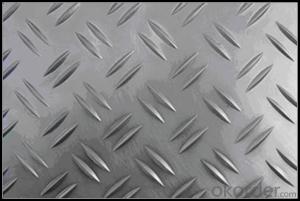1050 Aluminum Sheets - Five Bars Aluminium Sheets AA5005 for Making Aluminium Trailers
- Loading Port:
- Shanghai
- Payment Terms:
- TT OR LC
- Min Order Qty:
- 5 m.t.
- Supply Capability:
- 10000 m.t./month
OKorder Service Pledge
OKorder Financial Service
You Might Also Like
Specification
1. Specification of Five Bars Checkered Aluminium Sheets AA5005 for Making Aluminium Trailers
ALLOY | AA1050 AA1060 AA1070 AA1100 ETC AA3003 AA3004 AA3005 AA3104 AA3105 ETC AA5005 AA5052 AA5083 AA5754 ETC AA8011 AA8006 AA8079 ETC |
TEMPER | H14,H16,H18,H22,H24,H26,H32,O/F |
THICKNESS | ≥0.2MM |
WIDTH | 30mm-2100mm |
COIL WGT | 2Mt - 3Mt |
COIL ID | φ508mm,φ610mm |
SURFACE | PE Protecting film |
STANDARD | GB/T 3880-2006 |
2. Application of Five Bars Checkered Aluminium Sheets AA5005 for Making Aluminium Trailers
(1).Interior: wall cladding, ceilings, bathrooms, kitchens and balconies, shutters, doors...
(2).Exterior: wall cladding, facades, roofing, canopies, tunnels,column covers , renovations...
(3).Advertisement: display platforms, signboards, fascia, shop fronts...
3. Feature of Five Bars Checkered Aluminium Sheets AA5005 for Making Aluminium Trailers
Surfact Quality :
Be free from Oil Stain, Dent, Inclusion, Scratches, Stain, Oxide Dicoloration, Breaks, Corrosion, Roll Marks, Dirt Streaks and other defect which will interfere with use,
Mechenical Property:
Chemical Composite and Mechanical Property
4. Certificate:
SGS and ROHS(if client request, paid by client), MTC(plant provided), Certificate of Origin(FORM A, FORM E, CO), Bureau Veritas and SGS (if client request, paid by client), CIQS certificate
5. Image of Five Bars Checkered Aluminium Sheets AA5005 for Making Aluminium Trailers
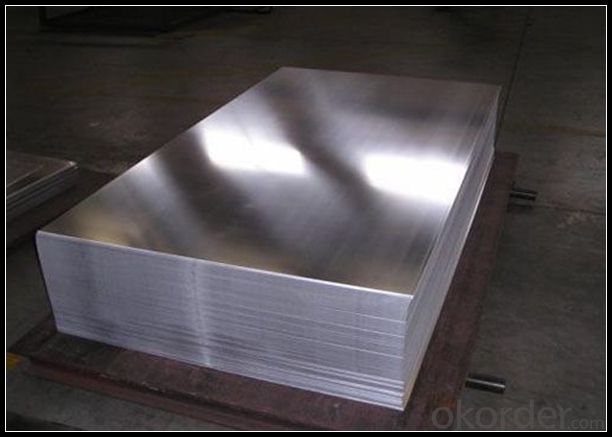
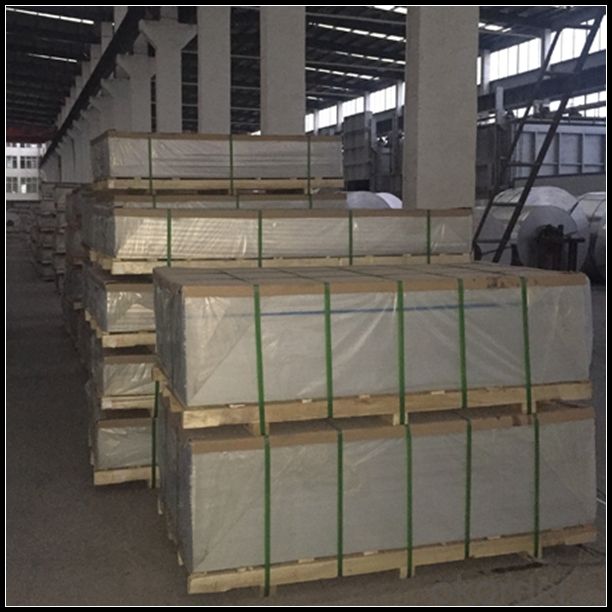
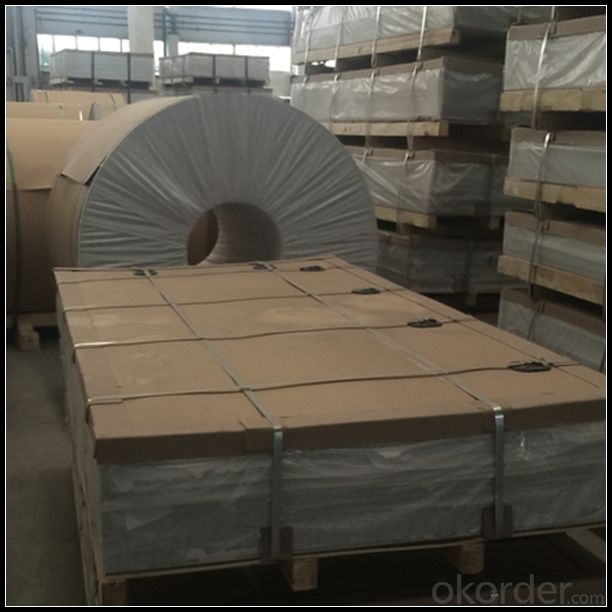
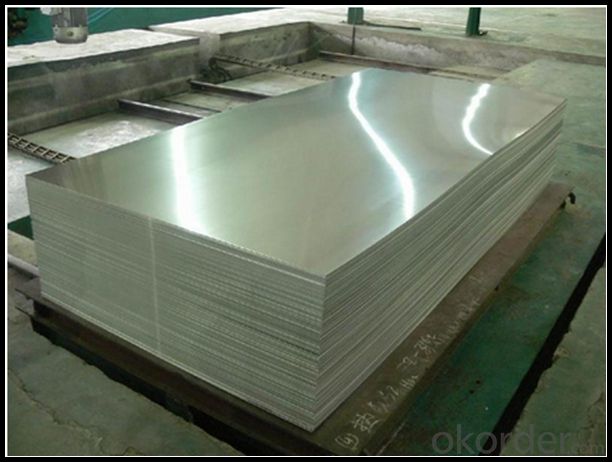
6. Package and shipping of Five Bars Checkered Aluminium Sheets AA5005 for Making Aluminium Trailers
First, plastic cloth with drying agent inside; Second, Pearl Wool ; Third, wooden cases with dry agent , fumigation wooden pallets, aluminum surface could cover blue PVC film
7. FAQ
1) What is the delivery time?
Dpends on actual order, around 20 to 35 days
2)What is the QC system:
We have QC staff of 20 persons and advanced equipment, each production is with MTC traced from Aluminum ingot lot.
3) What market do you mainly sell to?
Australia, America, Asia, Middle East, Western Europe, Africa etc
- Q: Are the aluminum sheets suitable for manufacturing traffic signs?
- Indeed, traffic signs can be manufactured with aluminum sheets. The durability, lightweight nature, and resistance to corrosion that aluminum offers make it a favored option for traffic signs. These attributes enable the signs to endure diverse weather conditions and guarantee a prolonged lifespan. Furthermore, aluminum sheets lend themselves easily to being shaped into various sizes and designs, thus facilitating the creation of personalized traffic signs. All in all, opting for aluminum sheets in the production of traffic signs is a dependable and effective decision.
- Q: Is it possible to utilize aluminum sheets in interior design projects?
- <p>Yes, aluminum sheets can be used for interior design purposes. They are lightweight, durable, and resistant to corrosion, making them suitable for various applications such as wall cladding, ceilings, and furniture. Aluminum sheets can also be painted or anodized to achieve different finishes, adding aesthetic appeal to your design. However, it's important to consider the specific requirements of your project, such as load-bearing capacity and thermal insulation, as these properties can vary with different types of aluminum sheets.</p>
- Q: Can 101 aluminum sheets be stamped or engraved?
- Yes, 101 aluminum sheets can be stamped or engraved.
- Q: I am looking for info on grades of aluminum like 3003, 5053, 6160 what's the differance witch one are cheaper and weld easy please explain
- Grades Of Aluminum
- Q: What are the different fabrication methods used for aluminum sheets?
- Aluminum sheets undergo various fabrication methods, each presenting its own advantages and applications. Rolling, extrusion, casting, and stamping are among the most commonly employed techniques. Rolling, the most prevalent method, entails passing the aluminum through a series of rollers to reduce thickness and form a flat sheet. This approach allows for precise control over sheet thickness and shape, rendering it suitable for an array of applications, from packaging to building materials. Another well-received method is extrusion, where heated aluminum is pushed through a die to create a specific shape or profile. This technique is commonly employed to manufacture intricate shapes like tubes, rods, and channels. Extruded aluminum sheets exhibit high strength and durability, making them appropriate for structural applications in construction and automotive industries. Casting involves pouring molten aluminum into a mold, allowing it to solidify. This method is frequently used for producing intricate shapes that are challenging to achieve through other means. Cast aluminum sheets can boast unique textures and designs, making them popular for decorative purposes. Stamping utilizes a press to shape the aluminum sheet by exerting pressure and forming it into the desired shape. This technique is commonly utilized for creating precise, small parts such as brackets, connectors, and electrical components. Stamped aluminum sheets offer exceptional dimensional accuracy and can be produced in large quantities at a relatively low cost. Additionally, other fabrication techniques such as welding, bending, and laser cutting can be employed to further process aluminum sheets and craft custom shapes and designs. In conclusion, the choice of fabrication method for aluminum sheets relies on the desired application, required properties, and complexity of the desired shape. Each method possesses unique advantages and capabilities, enabling a broad range of possibilities in aluminum sheet fabrication.
- Q: We just bought a house with aluminum wiring and we knew about it in the inspection report, but everyone kept telling us it's no big deal. There was so much going on and I didn't look into it myself and now I just surfed the web on it and I am filled with anxiety! Please help! Did we make a huge mistake? How common are the dangers? Also, my insurance company didn't ask me about wiring, but some sites said that they don't cover aluminum wiring. Should I ask them? I am so overwhelmed and scared. I do not want a fire for my family!
- Lots of great answers here. IF and I do mean IF your aluminum wiring was installed and maintained properly, there will be no problem. However, if someone has replaced any device designed for aluminum with one for copper, you WILL have a problem. My advice...call a GOOD electrical contractor for an independent inspection. Make sure he knows that his company will NOT be the one to make corrections beforehand. This insures that he will give you an honest inspection and not try to use the moment for a sales pitch. After the inspection, hire him to do the work. A bit devious, but the plan is sound.
- Q: This question asks for a list of various types of aluminum sheets that can be used for decorative purposes.
- <p>Aluminum sheets are popular for decorative purposes due to their durability and versatility. The main types include: 1) Embossed Aluminum Sheets, which feature a textured surface for a unique look; 2) Perforated Aluminum Sheets, with holes of various sizes for a distinctive pattern; 3) Mirror Finish Aluminum Sheets, offering a reflective, shiny appearance; 4) Anodized Aluminum Sheets, which have a protective oxide layer for enhanced color and durability; 5) Brushed Aluminum Sheets, with a satin-like finish; 6) Color Coated Aluminum Sheets, available in a wide range of colors; 7) Composite Aluminum Panels, which combine aluminum with other materials for added strength and design options. Each type offers specific aesthetic and functional benefits for various decorative applications.</p>
- Q: Are aluminum sheets resistant to abrasion?
- Yes, aluminum sheets are generally resistant to abrasion. Aluminum is known for its durability and strength, making it resistant to scratches or damage caused by abrasion. However, the level of resistance may vary depending on the specific alloy and thickness of the aluminum sheet. Thicker sheets with higher alloy content tend to provide better resistance against abrasion. Additionally, the surface finish of the aluminum sheet can also play a role in its resistance to abrasion. Overall, aluminum sheets are a reliable choice when it comes to withstanding abrasion in various applications.
- Q: What are the common thicknesses of aluminum sheets used in construction?
- The common thicknesses of aluminum sheets used in construction typically range from 0.032 inches (0.8 mm) to 0.125 inches (3.2 mm).
- Q: How does the formability of aluminum sheet vary with different alloys?
- The formability of aluminum sheet can vary significantly with different alloys due to variations in their chemical composition and mechanical properties. Aluminum alloys are typically alloyed with other elements such as copper, manganese, magnesium, and zinc to enhance specific characteristics such as strength, corrosion resistance, and formability. Some aluminum alloys, such as the 1xxx series (pure aluminum) and the 3xxx series (alloyed with manganese), have excellent formability and are often used for deep drawing applications. These alloys can be easily formed into complex shapes without cracking or tearing. On the other hand, alloys with higher strength properties, such as the 2xxx series (alloyed with copper) and the 7xxx series (alloyed with zinc), typically have reduced formability. These alloys are often used in structural applications where strength is crucial, but they may require more careful handling and processing to avoid cracks or other defects during forming. Alloys in the 5xxx series (alloyed with magnesium) generally offer a good balance of formability and strength. They are widely used in various industries, including automotive and aerospace, for their ability to be easily formed into different shapes while providing adequate strength and corrosion resistance. It is important to note that the formability of aluminum sheet is not solely determined by the alloy composition but also influenced by other factors such as the thickness of the sheet, the temperature during forming, and the specific forming process employed (e.g., deep drawing, bending, stretching). These factors can interact with the alloy properties to affect the formability characteristics of aluminum sheet. Therefore, it is essential to carefully select the appropriate alloy and process parameters to achieve the desired formability for specific applications.
Send your message to us
1050 Aluminum Sheets - Five Bars Aluminium Sheets AA5005 for Making Aluminium Trailers
- Loading Port:
- Shanghai
- Payment Terms:
- TT OR LC
- Min Order Qty:
- 5 m.t.
- Supply Capability:
- 10000 m.t./month
OKorder Service Pledge
OKorder Financial Service
Similar products
Hot products
Hot Searches
Related keywords
